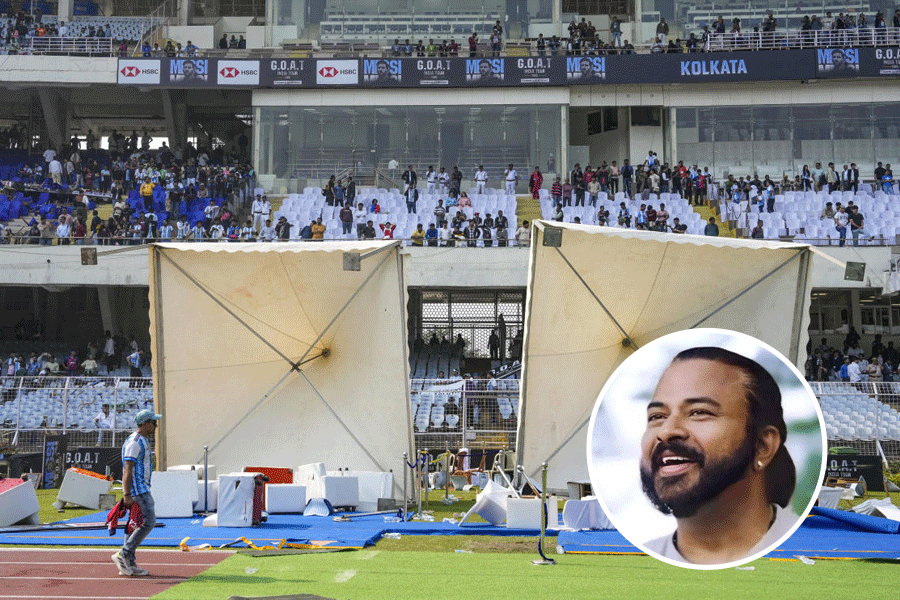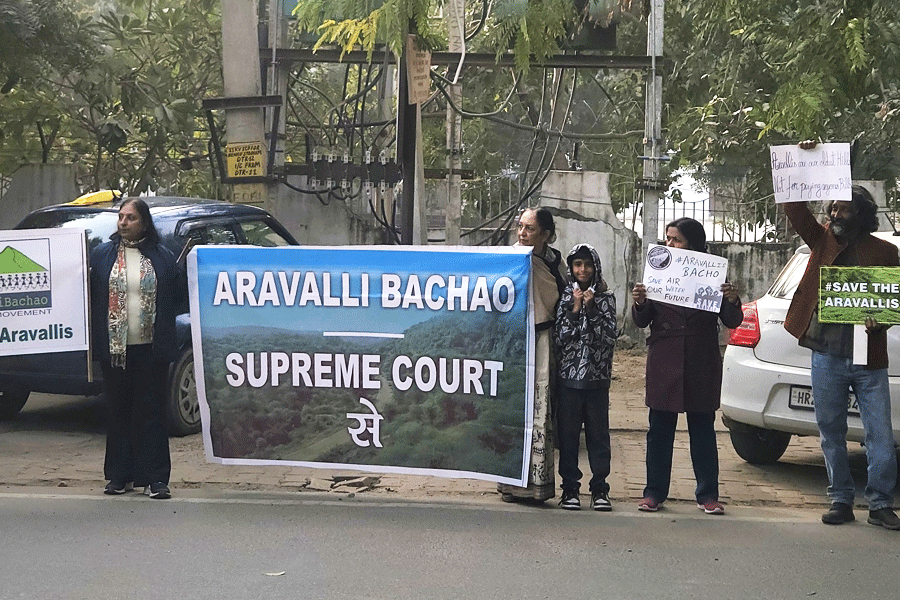New Delhi, July 11: A faulty valve and an error of judgement produced what is being dubbed the worst accidental radiation exposure to workers in India’s nuclear history.
Six workers at a spent fuel reprocessing plant at Kalpakkam near Chennai received extraordinarily high doses of radiation in January this year when highly radioactive liquid was sent into a pipe where it should not have been shifted, a Bhabha Atomic Research Centre (Barc) official said.
The pipe was designed to hold low-level radioactive material and not highly radioactive material.
As the highly radioactive liquid flowed into the pipe, invisible radiation emanated out of the pipe, exposing six workers in its vicinity, Naresh Bansal, associate director, nuclear recycle operations at Barc, told The Telegraph.
The workers received radiation doses higher than the maximum allowed annual dose, but lower than the maximum allowed lifetime dose as prescribed under radiation safety procedures.
“But they are in good health,” Bansal said.
“The six workers will be kept away from areas where radiation exposure is likely and be given other tasks at the plant,” he added
The incident occurred after a valve separating highly radioactive waste from low-level radioactive waste failed.
This failure led to the entry of the highly radioactive waste into a tank, previously containing only low-level radioactive waste.
The operator who shifted the waste liquid was not aware of the valve failure and the entry of the highly radioactive liquid into the tank.
“He took a decision to transfer the liquid from the tank on the basis of earlier readings which indicated low-level radioactivity, but the actual radioactivity was much higher than what he had assumed,” Bansal said.
The tank is in an isolated zone and the operator could not have known about the entry of high radioactive waste into the tank. “It was an error of judgement,” he said.
A PTI report said the Barc facilities employees’ association has alleged that the radiation exposure to the workers in the incident was “the worst in the history of the department of atomic energy”.
However, a senior official of the Atomic Energy Regulatory Board (Aerb), which oversees radiological safety of several classes of nuclear facilities across the country, said incidents where workers are exposed to radiation exceeding the maximum annual dose, “although rare, are not unprecedented”.
The Barc’s safety council, responsible for radiological safety procedures at the Kalpakkam plant and other Barc facilities, is reviewing the circumstances in which the incident took place to determine its cause and how to avoid such incidents in the future.
Data compiled by Aerb shows that during the year 2001-02, two workers in nuclear power plants, six workers in nuclear-related industries and five workers in medical centres received radiation doses that exceeded the maximum yearly dose.
India has some 13,000 workers in its nuclear power plants, 5,000 workers in nuclear industries and nearly 18,000 workers in medical centres with radiation hazards.











